Pain Relief Products

OTC pain relievers can be helpful in treating many types of pain. These can include headaches, arthritis pain, earaches, toothaches, back pain, and pain after surgery. They can also treat pain from a cold or the flu, sinusitis, or a sore throat. For most people, OTC medicines relieve their symptoms. If an OTC medicine doesn't help you, contact your doctor. You may have another issue and need a prescription medicine. There are 2 main types of OTC pain relievers: acetaminophen and nonsteroidal anti-inflammatory drugs (NSAIDs).
Pain Relief Products

Over-the-counter (OTC) painkillers are painkillers that you can buy from a pharmacy or shop without needing a prescription from your GP.
Voltaren
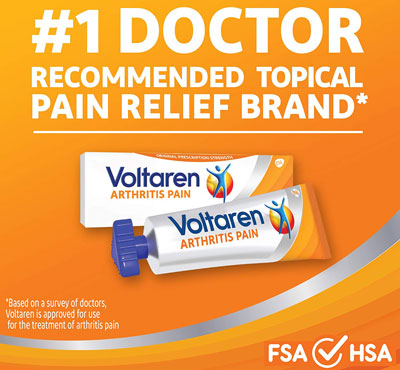
Diclofenac, sold under the brand name Voltaren among others, is a nonsteroidal anti-inflammatory drug (NSAID) used to treat pain and inflammatory diseases such as gout.
Tylenol
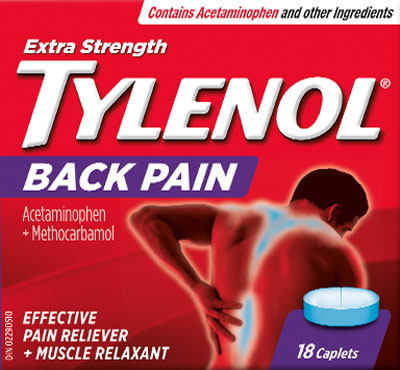
Acetaminophen is available under the following different brand names: Tylenol, Tylenol Arthritis Pain, Tylenol Ext, Little Fevers Infant Pain Reliever.
For most people, OTC medicines relieve their symptoms. If an OTC medicine doesn't help you, contact your doctor. You may have another issue and need a prescription medicine.
There are 2 main types of OTC pain relievers: acetaminophen and nonsteroidal anti-inflammatory drugs (NSAIDs).
Acetaminophen
Acetaminophen (brand name: Tylenol) seems to work on the parts of the brain that receive pain messages. It also works with the part that controls body temperature.
Use acetaminophen to:
- Relieve headaches.
- Ease common aches and pains.
- Treat arthritis and other chronic painful conditions.
Acetaminophen doesn't reduce inflammation the way other pain medicines do. But it has fewer side effects. This makes it safer for long-term use and for children.
Nonsteroidal anti-inflammatory drugs (NSAIDs)
NSAIDs reduce the level of prostaglandins your body makes. This hormone-like substance irritates your nerve endings and creates the feeling of pain. NSAIDs reduce the level of prostaglandins in your body. This reduces the feeling of pain.
NSAIDs are helpful to:
- Reduce fever.
- Relieve menstrual cramps.
- Relieve pain caused by muscle aches and stiffness.
- Reduce and ease pain from inflammation (swelling), such as with muscle sprains.
There are several types of NSAIDs, including:
- aspirin (some brand names: Bayer, St. Joseph)
- ibuprofen (some brand names: Advil, Motrin)
- naproxen (brand name: Aleve)
Combination medicines
Some products contain both acetaminophen and aspirin (some brand names: Excedrin, Vanquish). These typically contain caffeine as well. That combination of medicines make them good for treating headaches.
Naproxen
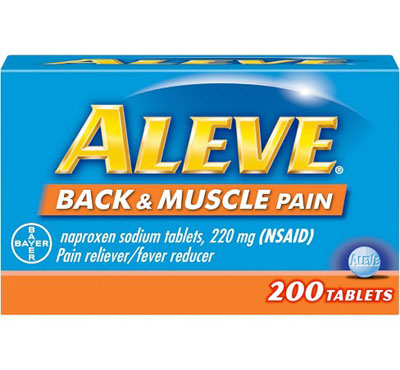
Naproxen is available under the following different brand names: Aleve, EC Naprosyn, Anaprox, Anaprox DS, Naprosyn, Naprox Sodium, Naproxen EC, Naproxen SR, Naprelan, and Menstridol.
Aspirin
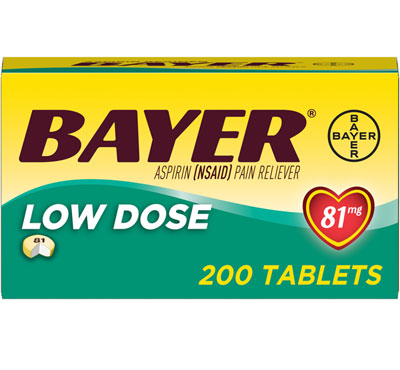
Aspirin is available under the following different brand names: Zorprin, Bayer Buffered Aspirin, Durlaza, Asatab, Adprin-B, Alka-Seltzer Extra Strength with Aspirin, Alka-Seltzer with Aspirin, Ascriptin, Ascriptin Maximum Strength.
Ibuprofen
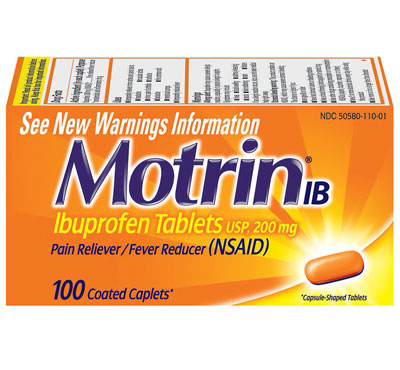
The analgesic and non-steroidal anti-inflammatory drug (NSAID) ibuprofen is sold under a wide variety of brand names, The most common being its first registered trademark name of Brufen, Advil, Motrin, and Nurofen.
Which over-the-counter medicine is best for pain relief?
It depends on who's taking the medicine and what it's being used for. Paracetamol, aspirin and ibuprofen can all ease mild-to-moderate pain. As well as easing pain and treating a fever, non-steroidal anti-inflammatory drugs (NSAIDs) work well on pain that's caused by inflammation. This means they're useful for easing the pain from arthritis and other conditions or injuries where there's inflammation. NSAIDs also come as gels and creams to rub onto your skin. This means they're useful for treating specific parts of your body, such as your knees, hands and your back. Aspirin can affect your stomach and cause side-effects such as heartburn and diarrhoea. So, it might be better to avoid aspirin if you're older. Paracetamol has very few side-effects and doesn't affect your stomach. It may be better to take if you're older or have stomach problems and can't take aspirin or ibuprofen.
Precautions
Most healthy adults who use pain relievers once in a while don't have side effects. However, talk with your doctor if you take OTC pain relievers often. Taking them frequently can cause harmful side effects.
Acetaminophen
Sometimes, acetaminophen can lead to liver damage. You're more prone to this if you take it too much or take it while drinking alcohol. Adults shouldn't take more than 3,000 mg (3 grams) of acetaminophen per day. That equals 6 extra-strength 500 mg tablets.
Don't take acetaminophen if you:
- Have severe kidney or liver disease.
- Have 3 or more alcoholic drinks per day.
- Are already taking another product containing acetaminophen.
NSAIDs
According to the U.S. Food & Drug Administration, NSAIDs shouldn't be taken for more than 10 days without seeing your doctor. That's because serious side effects can develop quickly. Some side effects include:
- Upset stomach and bruising or risk of bleeding in the stomach.
- Kidney damage.
- Increased risk of heart attack and stroke.
- Skin reactions, such as a rash or blisters.
Talk with your doctor before you take an NSAID, especially aspirin, if you:
- Are allergic to aspirin or other pain relievers.
- Have 3 or more alcoholic drinks every day.
- Have bleeding in the stomach or intestines, or have peptic (stomach) ulcers.
- Have liver or kidney disease.
- Have heart disease.
- Have high blood pressure.
- Take blood-thinning medicine or have a bleeding disorder.
How do I safely take OTC pain relievers?
Read the directions on the label before taking any medicine. Learn how much to take and how often to take it. If you have questions about how much medicine to take, call your doctor.
Follow these tips to make sure you are taking the right amount of medicine:
- Take only the amount recommended on the medicine's label. Taking more than recommended can be dangerous. Don't assume more medicine will work better or quicker.
- If you're taking a prescription medicine, ask your doctor if it's okay to take an OTC pain reliever at the same time.
- Don't use more than 1 OTC pain reliever at a time unless your doctor says it's okay. They may have similar active ingredients. Taking more than 1 can cause you to take too much medicine. It can also lead to other health problems.
Keep a list of which OTC medicines you're taking and keep track of when you take them. If you go to the doctor, take this list with you.
How can I safely store OTC pain relievers?
Store all medicines out of reach and out of sight of young children. Keep them in a cool, dry place so they don't lose effectiveness. Don't store them in bathrooms, which can get hot and humid.
Related Content
Popular Searched
› What class of medication is Aspirin?
› Why do people take Tapentadol?